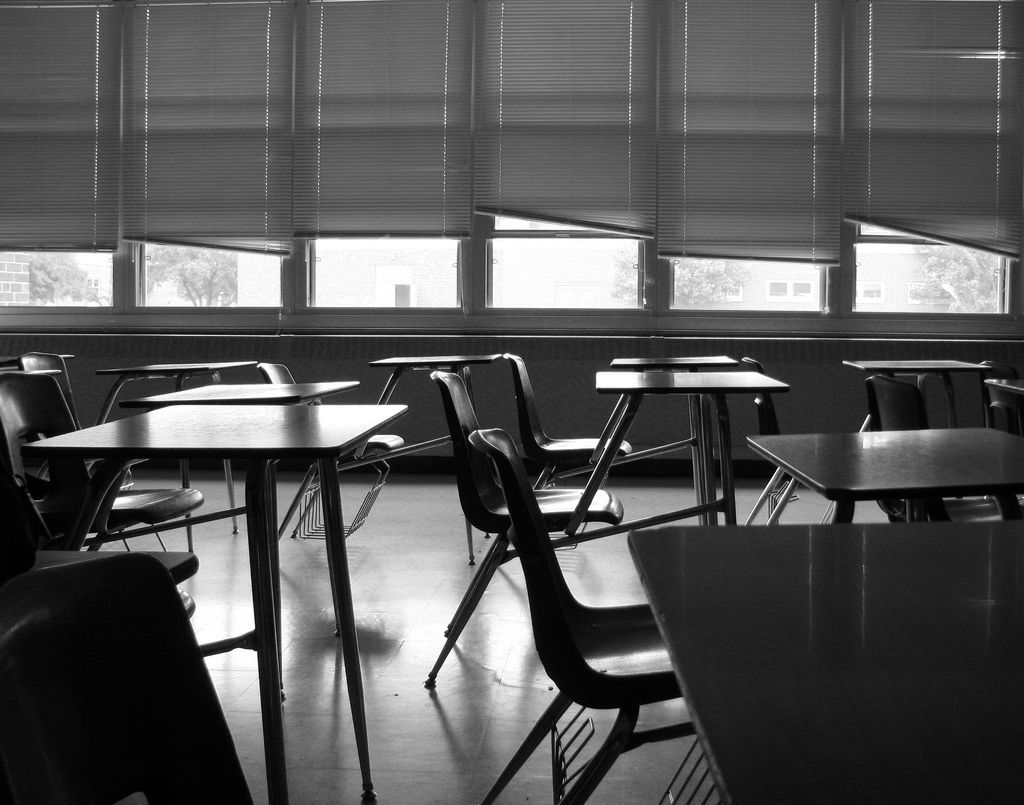Casting a look at a ‘federal’ schooling system

Photo via Max Klingensmith/Flickr
By Jennifer Wallner, Assistant Professor at the University of Ottawa and Visiting Fellow at the School of Politics and International Relations in 2014.
Over 2014, the Abbott Government made it clear that it intends to make major changes to the way federalism works in Australia and one of its primary targets is education. As it was released two days before Christmas, we would all be forgiven for missing the roles and responsibilities paper put out by the Commonwealth. But nevertheless, a core idea is made clear: The Commonwealth should reduce its role in the education game and leave schooling in the hands of the states and territories.
The Abbott Government is not alone in the desire for a revolution in the federation. Recently, the Secretary of Victoria’s Department of Education and Early Childhood Richard Bolt publicly called for an end to the Commonwealth’s domination of national education ministers’ meetings. Other education experts, like Bronwyn Hinz of the University of Melbourne, similarly question the Commonwealth’s influence in schools policy.
So, a question must be asked: What does a federalized education system look like? To answer this critical question, we can look to another federation that shares a comparable history as a union among former British colonies, has a similarly diverse population due to immigration, with the added factor of a significant Francophone population territorially concentrated in one of the provinces. That federation is Canada.